Printing Terminology: What is “Artwork” in Printing?
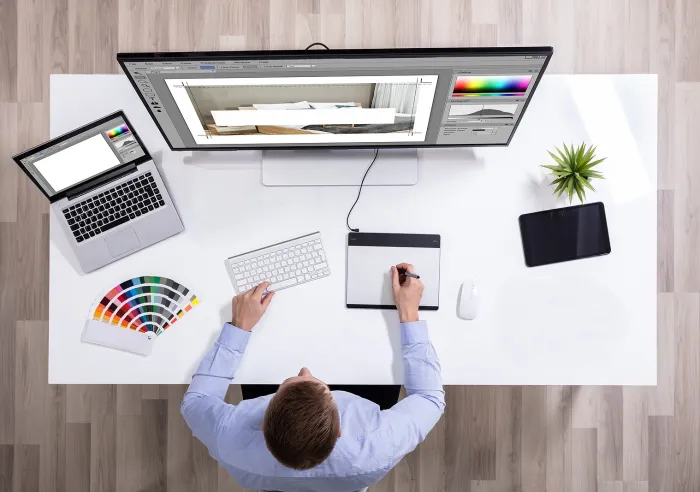
estimated reading time: 4 minutes
What is "Artwork" in Printing?
There are many Printing and Graphic Design terms whose
meaning is not immediately clear to people outside these fields. The term
"Artwork" is a good example.
When a Printer or Graphic Designer refers to the artwork for
a printing project, they are referring to the digital layout file that will be
used to produce physical versions of the layout on a printing press. The file
will contain all the components that need to appear on the printed sheet,
including all the graphical elements such as photographs, illustrations, logos,
designs, borders, and backgrounds.
The artwork file will also contain textual elements,
such as all the written body content, headings, sub-headings, and captions that
will print as part of the final product.
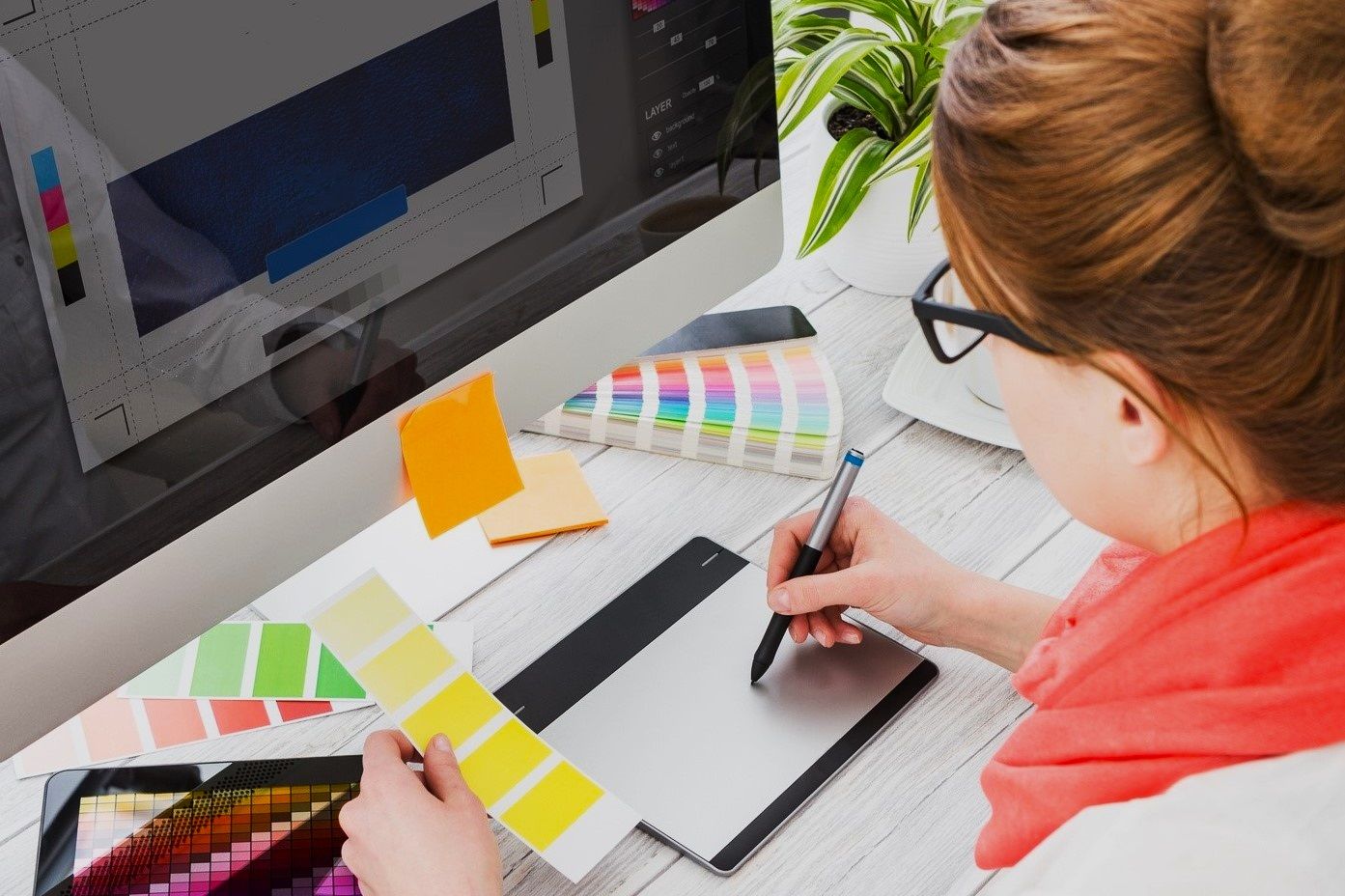
Wait, Text is Artwork??
The inclusion of text is what often trips up people outside
the industry. All their lives, they have witnessed the term "Artwork" being used to describe creative
visuals, such as illustrations and drawings. But text? Text was never considered to be artwork.
However, when the term "Artwork" is used in the context of commercial printing and graphic design, text is considered to be part of the artwork. In fact, text is often the sole component of certain documents, such as an instruction sheet that consists only of text. Even though the layout file for the instruction sheet would contain 100% text, it would still be referred to as "Artwork."
It might help to think of "Artwork" as an umbrella term for the entire layout file...it covers everything in the file. So if your printing company asks you to submit your artwork (which they might simply refer to as "Art") they aren't just asking for the images or photos, they are referring to the entire layout.
So at this point, everyone should now know that the artwork created
for a print project will contain ALL the design elements that are to be
reproduced in the form of ink on paper. This includes graphics AND text.
But wait, there's more…
Because the Artwork serves as the blueprint for the final
printed product, it must also contain all the formatting and layout directives necessary
to accurately reproduce the file in printed form.
This includes the spatial relationships of the
design elements, as well as the color mode, image resolution settings, font
styles, and other important information.
So let's go over some of the key aspects of Artwork in printing:
Graphic Elements - as previously mentioned, artwork includes
photographic images, illustrations, logos, shapes, borders and other visuals
that are part of the design. These elements are often created or modified using
graphic design software such as Adobe Photoshop or Adobe Illustrator.
Text - also as previously mentioned, artwork contains all
the text elements that will appear in the printed piece, including body text, headings,
sub-headings, captions, and any other written content. Text is formatted using
a specific typeface, size, color, and style to complement the aesthetics of the
overall design.
Layout - the layout of the artwork determines how the graphics
and text elements will appear when printed on paper. The layout provides important
information about positioning, such as margins, spacing, alignment, and overall
composition. These factors all work together to create visual balance and improve
readability.
Color Specifications - the artwork file specifies the colors
to be used in the printed piece, whether it is full-color (CMYK), PMS Spot
colors (Pantone), Black Ink only, Grayscale, or a combination of these. By the way, the RGB
color mode should not be used for commercial printing because it will be converted to CMYK and may result in hues you weren't expecting.
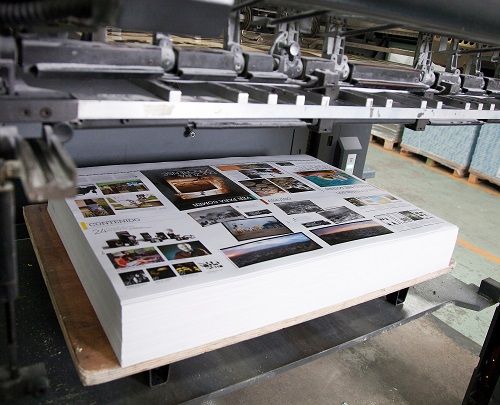
Resolution and Image Quality - artwork must be high-resolution
to ensure sharp and clear images. Typically, images should have a resolution of
at least 300 dots per inch (DPI) at the final printed size to avoid blurriness or pixelation.
Bleed and Crop Marks - if applicable, artwork should include
bleed areas and crop marks to ensure accurate trimming and finishing of the
printed piece. Bleed extends the design 1/8" beyond the final trim size to ensure
the ink covers all the way to the edge of the sheet after trimming, thus preventing
any of the underlying paper color from showing along the trimmed edge. Crop marks, also known as trim marks, are thin lines that indicate where the pieces should be trimmed.
File Format - artwork has to be saved in file formats that
are suitable for printing. That said, most printers prefer to receive artwork
as a PDF (Portable Document Format). Other file formats accepted by most
printers include Adobe InDesign (INDD), Adobe Illustrator (AI), and Adobe
Photoshop (PSD). Additional file types that are commonly accepted include TIF,
EPS, and sometimes high-quality JPEG.
Needless to say, Artwork is a crucial component of the
printing process because it provides ALL the design elements and information needed
for a smooth production process and high-quality output.
Have Questions? Color Vision Printing is here to help!
If you have any questions about Artwork files, or want to
discuss an upcoming print project, be sure to get in touch with Color
Vision Printing. Our professional and experienced staff is always ready to
serve you. Plus, you'll be pleased with our affordable pricing on digital
printing, offset printing, finishing, and binding.
We are always happy to discuss your projects, so give us a
call at 800-543-6299. Or, use our Quote Request form to submit
your specifications and we will email you a quote.
As always, we look forward to assisting with your custom
printing needs!
Related Articles:
What is a Print Ready File?
What are PDF Files? Why do Printing Companies
prefer them?
Related Articles
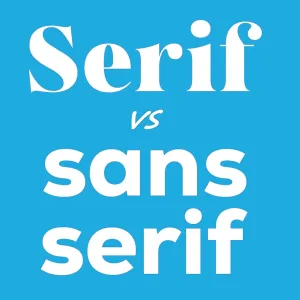
Serif vs Sans Serif Fonts: Which to use for a Print Project?
Read This Article
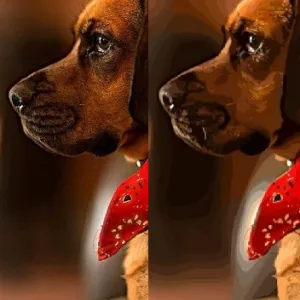
Raster vs Vector Images: The Key Differences Explained
Read This Article

Custom Book Printing: What is Wire-O Binding?
Read This Article
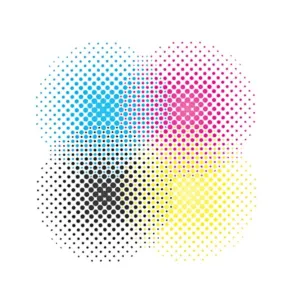
Commercial Printing: What does “Halftone” mean?
Read This Article